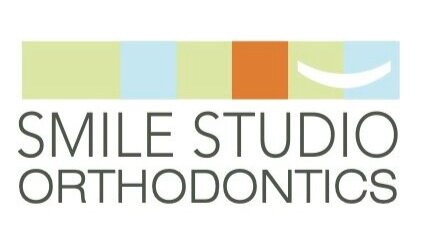The lowest radiation dose possible
Our Ultra Low Dose 3-D CBCT protocol provides far more information than standard orthodontic x-rays with less radiation exposure.
I am all about reducing the potential harms and side effects from care in our office. When Cone Beam Computed Tomography (CBCT) first started being used in orthodontists, I was skeptical. I felt the applications were limited considering the excessive radiation dose they gave growing children. But when I learned about Planmeca's Ultra Low Dose (ULD) CBCT protocol, I had to find a way to afford it for my patients! The ultra low dose protocol requires less radiation exposure than most 2D panoramic films and certainly less than both a panoramic and a lateral ceph combined. (The "pan and ceph" are the standard set of two films that orthodontists universally require for diagnosing and planning treatment.) Our ULD CBCT 3D image provides far more information than the two traditional 2D images, AND lets us generate a traditional pan & ceph from the 3D data. More information with less radiation? Yes, please!
If you want to go into the weeds, here's the actual data: based on the chart in this research paper, the ULD CBCT that we take in our office gives an effective radiation dose of 15 microsieverts for children and 18 microsieverts for adults. This awesome infographic on radiation demonstrates that one single small dental x-ray (a periapical or a bitewing) is about 5 microsieverts, a flight across the US is about 40 microsieverts, and an average medical CT is about 10,000 microsieverts. A medical CT might be indicated for diagnosing soft tissue issues, but orthodontics does not require that much detail.
We are careful in our x-ray protocols to only take x-rays when absolutely needed: at initial exams, within 12 months of the start of any tooth movement treatment, and at the end of comprehensive treatment. This is called the ALARA principle: as low as reasonably achievable. If there is something to check in between these standard timepoints, our x-ray machine allows us to take small, focused films in the particular areas of concern. For example, after braces treatment, we might schedule teens to have a new x-ray to check wisdom teeth in 18 months to 3 years (depending on how far along they are in their development) until they either erupt or are extracted.
We installed our Planmeca ProMax CBCT in 2019, and I could never go back. Yes, it was expensive, and, yes, I’m still making payments on it. But it's like the difference between candlelight and electric lights. The CBCT that we take provides so much more information that it actually changed the way I treat my patients.
-MBF

